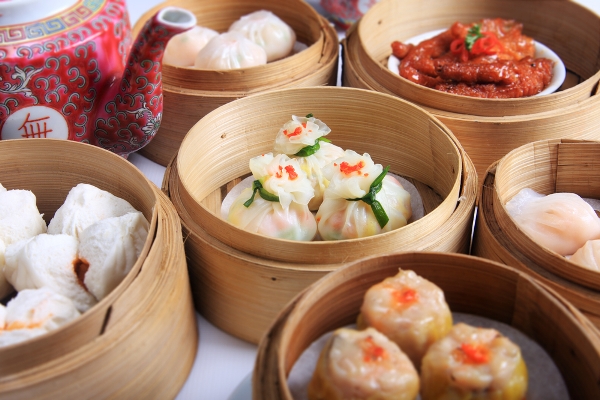Chinese cuisine is ever popular throughout the world with many major cities devoting a corner to its very own authentic cultural ‘Chinatown’ district, specialising in Chinese textiles, ornaments and of course, food.
Chinese food has a unique taste, distinct aroma and a traditional presentation style, which has made it one of the most globally popular food types. Its roots are deeply embedded in ancient history and traditional culture that dictates the vivid, sweet smelling cuisine which is usually served comprising three or five different colored ingredients.
Traditional Chinese cuisine is influenced hugely by the regional cultural differences, which vary greatly amongst the various different regions, which have each given rise to their own unique styles of food. Generally speaking, there are eight major regional cuisines; Anhui, Cantonese (the most common), Fujian, Hunan, Jiangsu, Shandong, Sichuan (spicy) and finally, Zhejiang. From these the most common are Sichuan and Cantonese which are ubiquitous across the world. In fact, together with Shandong and Huaiyang, these are considered as the ‘Four Great Traditions’. When ‘Ten Great Traditions’ are mentioned it generally includes the regional variations of cuisine from the cities of Beijing and Shanghai. The Buddhist, Taoist and Muslim religions also influence Chinese foods with both vegetarian and halal foods popular.
The main focus is preparing meals in bite-sized pieces to enable easy consumption via chopsticks. Chinese culture has long considered the use of knives and forks as barbaric due to their connotations with weapons. Traditionally it was also seen as ungracious to allow ones guests to cut their own food. The only exception to this is fish, which is mostly cooked and served whole, where it’s acceptable for guests to extract morsels directly with the use of chopsticks. This practice indicates that the fish is fresh and is also of cultural significance; the fish complete with head and tail signifies wholeness in ancient Chinese culture. Where chicken is served, it will cut into chunks but will also contain all parts of the chicken (feet and gizzards included) again to signify completeness.
A Chinese meal always starts with a bowl of rich for each individual diner, with all other dishes served ‘communal’ style on separate plates and bowls. It’s customary for everyone at the table to share and help themselves to all that is served. Each diner takes food little and often using the individual serving utensils, never with you own chopsticks.
Vegetarian food is commonly found throughout China, particularly in Buddhist regions. This aligns with the Buddhist teachings that focus on minimizing suffering. As you’d expect vegetarian dishes contain a lot of vegetables as well as textured proteins and tofu, parading as imitation meat. Soy protein and mianjin is used in place of duck, pork and chicken to mimic the texture and shape. There are also imitation seafood items which are made from vegetable proteins.
Traditional Chinese culture believes that cold drinks are harmful to the digestion of hot foods, so it’s rare to find cold beverages served with a meal. It’s more common to drink hot water or tea with a meal. Tea is highly favoured as it’s considered an aid to digestion, particularly of greasy foods. That said, it is very common to find beer, soft drinks and wine served at most larger Chinese restaurants. Wine is considered the only alcoholic drink for women. The Chinese white liquor has a distinctive flavour and smell and can vary greatly in alcoholic content, typically from 405 to 65%. And opposite to Western traditions, soups are also served last.
Chinese dishes are highly aromatic to stimulate the appetite. Many dishes include a multitude of herbs and spices including ginger, garlic and chili.
Noodles are the mainstay of traditional Chinese cuisine and are served mixed with varied sauces and vegetables. Vegetarians will appreciated the bean curd dishes, which is better known as tofu in Western culture. It’s made from milled soybeans and absorbs the sauce and spices with ease.
Another popular meal within China is Dim Sum, which has spread across the world (in varying degrees of authenticity!) Dim sum is a collection of small bite-sized dishes, most commonly eaten for breakfast, or sometimes at lunchtime – never at dinnertime traditionally. It’s also known as ‘yum cha’ or ‘ban ming’ and is a Chinese-style morning or afternoon tea. Dim Sum originates from Cantonese cuisine and is popular across Asia.
For those travellers seeking something familiar, Western food has become incredibly diversified across China, especially within the major cities of China. It’s not uncommon to find a handful of Italian, French and German restaurants in most cities. Also popular are the Western-style bars, Japanese sushi outlets and coffee shops.












